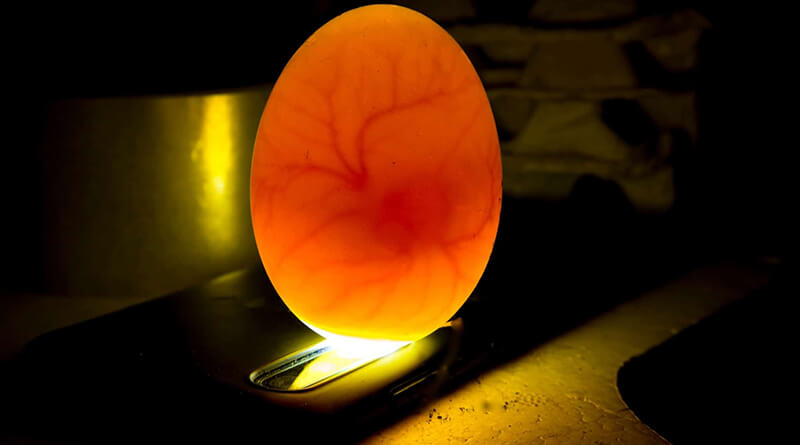
Inside the Egg, Hatching Chicks (Grades K-2)
Students investigate embryo development in chicken eggs.

Students investigate embryo development in chicken eggs.
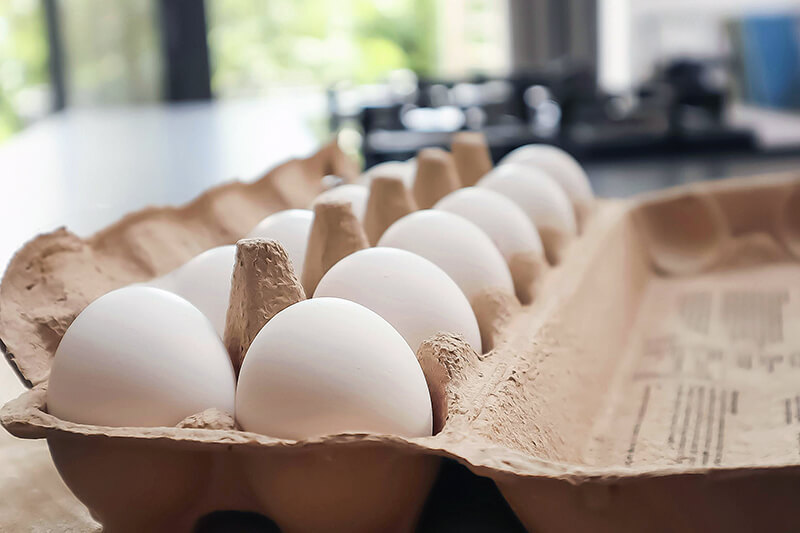
Students trace the production path of eggs, beginning on the farm and ending in their home and identify the culinary uses and nutritional benefits of eggs.
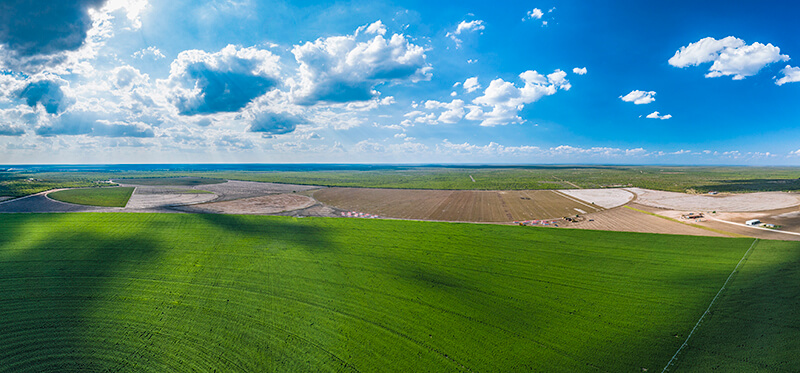
Students discover that there are many different types of farms that grow and raise a variety of products we use daily. Students investigate what farmers do.
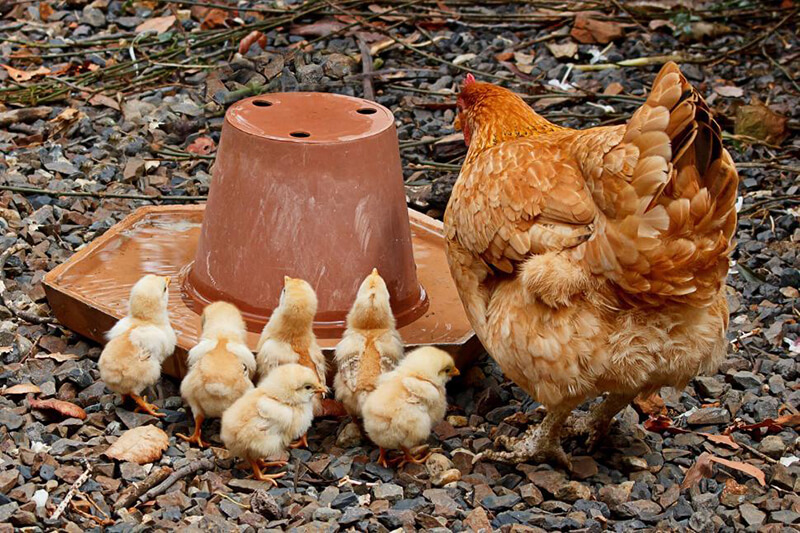
Students identify different breeds of chickens, examine physical characteristics, and determine the stages of a chicken's life cycle.

Students identify different breeds of chickens, examine physical characteristics, and determine the stages of a chicken's life cycle.

Students identify the characteristics of the four seasons of the year, investigate what causes seasons, and observe the effects changing seasons have on farms.
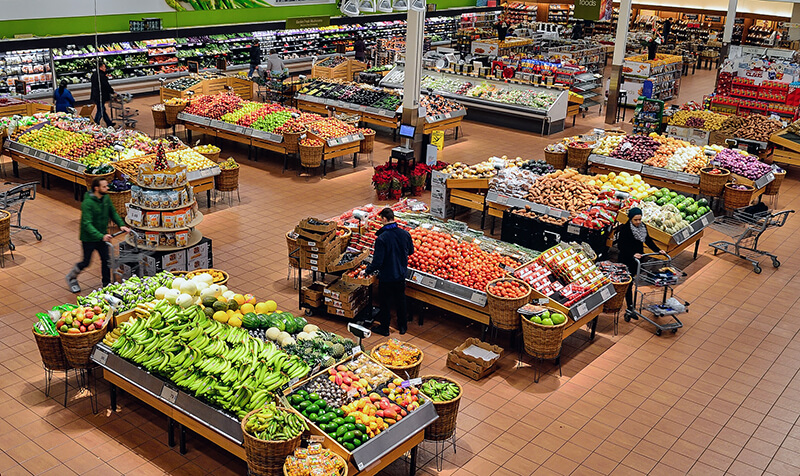
Students explore different cultures around the world, compare worldwide communities with local communities, and explain the interrelationship between the environment and community development.

Students explore the wide scope of agriculture, identify the variety of agricultural products they use in their daily lives, and discuss the difference between needs and wants.
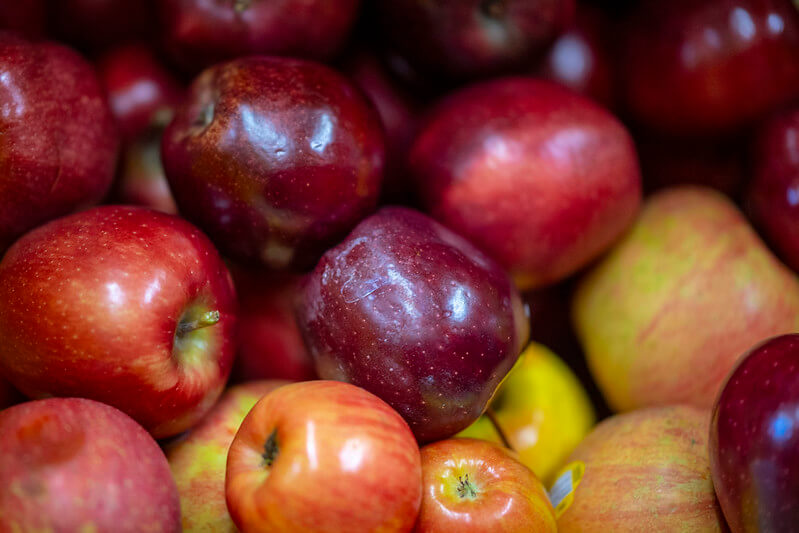
Students use their five senses to investigate apples, identify and model the parts of an apple, make applesauce, and discover how apples are grown.
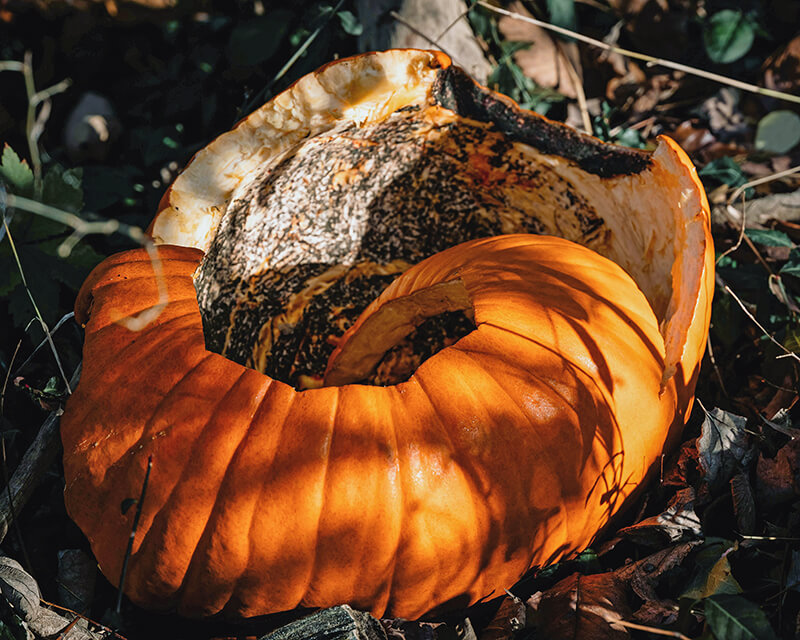
Students investigate the phenomenon of decomposing pumpkins as a part of the plant's life cycle.
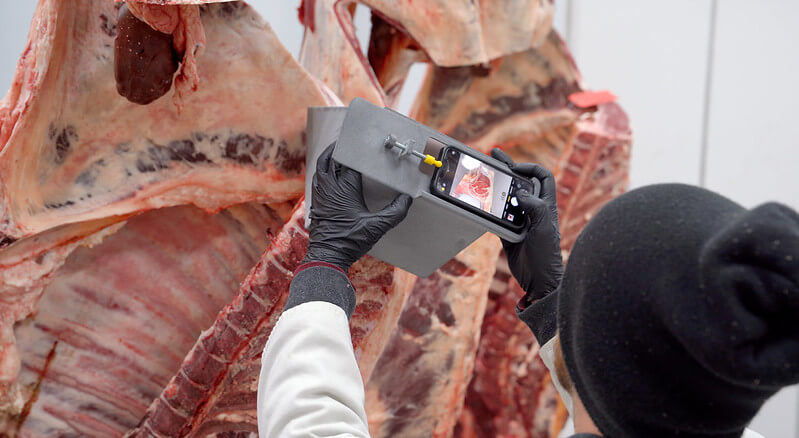
Students will evaluate the USDA grading system for whole cuts of beef and discuss consumer preferences and nutritional differences between grain-finished and grass-finished beef. Students will also distinguish various labels on beef products and discuss reasons for the government’s involvement in agricultural production, processing and distribution of food.
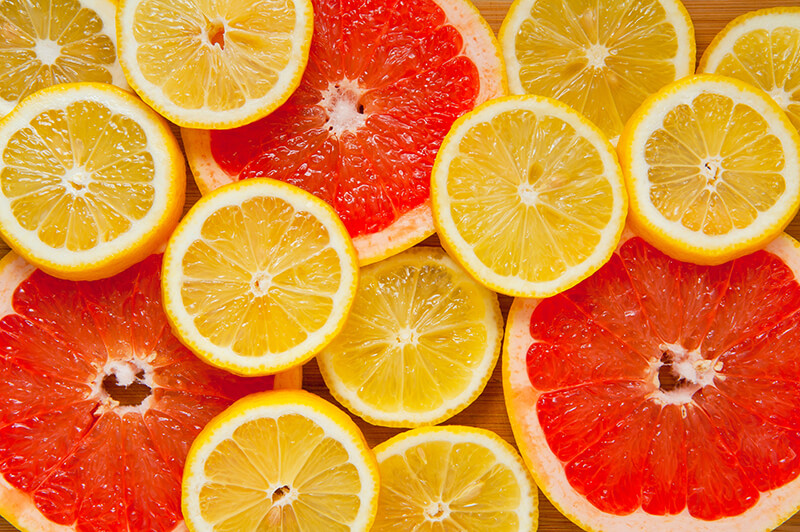
Students investigate the growth and production of citrus fruits and use observation and mathematical computation to compare and contrast grapefruits and lemons.